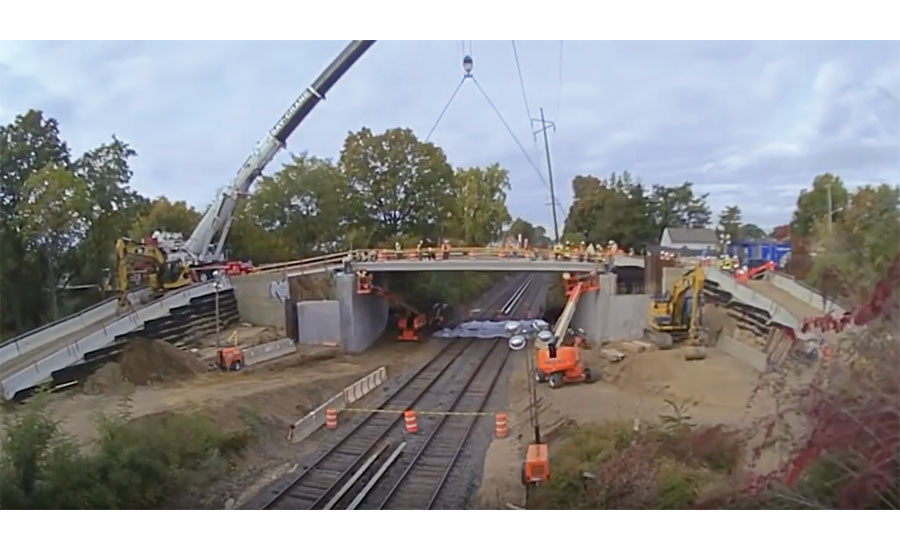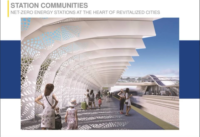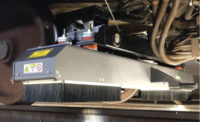Public transportation officials are seeking official inspection standards for rail-specific infrastructure, and are also pursuing universal design guidelines to maximize public service at transit stations.
Currently, inspectors of rail bridges and structures must informally use Federal Highway Administration guidelines, even though a bridge carrying railroad traffic is subjected to different conditions than a vehicular bridge, noted Joni Korte, structures inspection program manager for Metro St. Louis. The American Public Transportation Association has created its own set of fixed structures inspection guidelines, she told attendees of the APTA annual rail conference last month in Toronto.
“We want the Federal Transit Administration to create guidelines specific to rail transit, or else formally adopt FHWA bridge inspection training and ratings,” said Alexis Billingslea, chief rail transit safety oversight manager for the Illinois Dept. of Transportation.
APTA has also created guidelines for universal design of transit stations that would enhance the public collective benefit, making accessibility as equitable as possible for all users, said Tian Feng, district architect for the San Francisco Bay Area Rapid Transit District. He also referred to the need to treat infrastructure differently according to mode. “A ferry terminal ramp is different from a rail ramp,” he noted.
Universal design guided the construction of a new Berkeley station, completed last year, that features an open plaza, enlarged streets, adjacent bikeshare racks and an iconic arch structure that leads to the underground station, he said. The design even including lighting considerations for the visually impaired.
Delivering Megaprojects
Other sessions focused on the delivery of major transit projects. For example, the Long Island Rail Road’s $2.8-billion, 10-mile expansion effort will involve a new third track, elimination of five at-grade crossings and accelerated bridge construction techniques as well as 12 miles of replacing communications infrastructure, said Susan Walter, senior vice president with Stantec.
As with every other transportation sector, project officials emphasized the growing use of design-build and public-private partnerships. “Every day you see more projects going design-build; there are lots of lessons to be learned,” said David Couch, program officer with the Capital Metropolitan Transportation Authority in Austin, Texas.
Some of those lessons include the owner defining objectives early on— “how the project should look,” said Raja Tenneti, director of P3 advisory services for AECOM. He warned owners that key performance indicators and requirements “can be too onerous, equaling administrative costs for the private sector. Arbitrary self-reporting is baked into public-private partnerships.”





Post a comment to this article
Report Abusive Comment